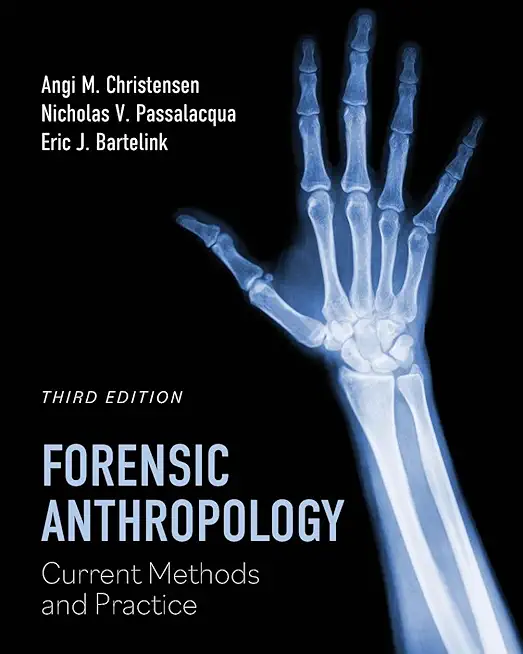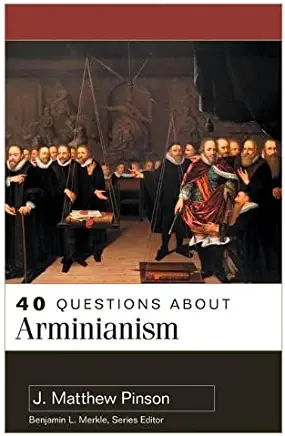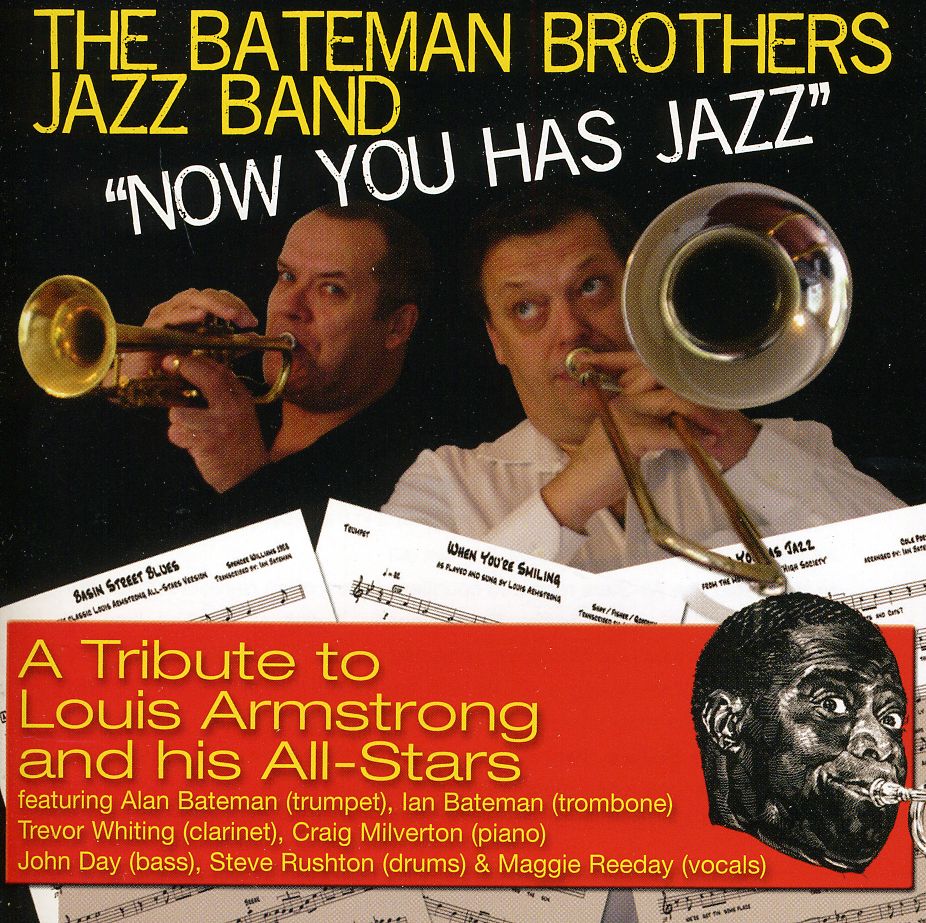
The book begins with the fundamentals of human osteology and odontology, then delves into examination and documentation methodologies, issues of medicolegal significance, and the nuances of forensic taphonomy. The text offers detailed insight into forensic archaeology, including scene processing methods and techniques specific to skeletal processing, resolving commingling, and preserving remains. Analytical methods for the estimation of sex, population affinity, age, and stature; individual skeletal variation; and analysis of skeletal trauma are also introduced. The book also addresses personal identification processes in forensic contexts and the role of forensic anthropology in humanitarian and human rights investigations.
The third edition features updates to approaches and practices throughout, as well as updated and expanded case studies in each chapter that reflect real-world practice.
Forensic Anthropology is well suited for courses and programs in forensic anthropology, forensic science, and biological anthropology at both undergraduate and graduate levels.







